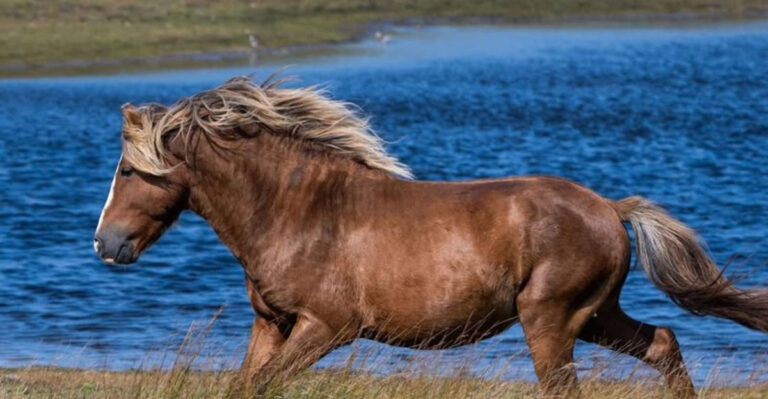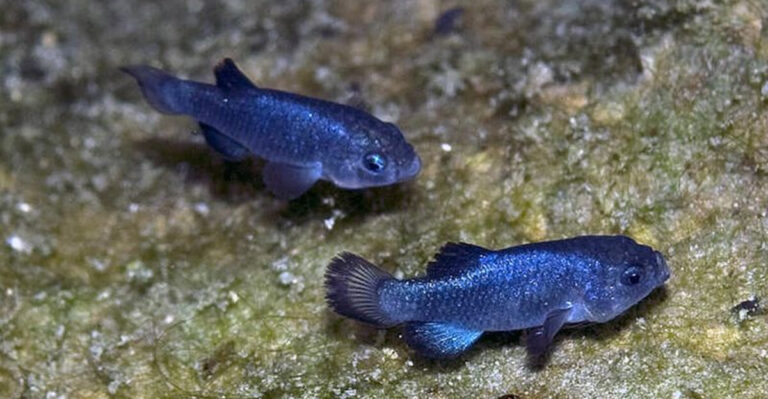Divers Explore Limestone Coast’s Underwater Caves For Megafauna Fossils
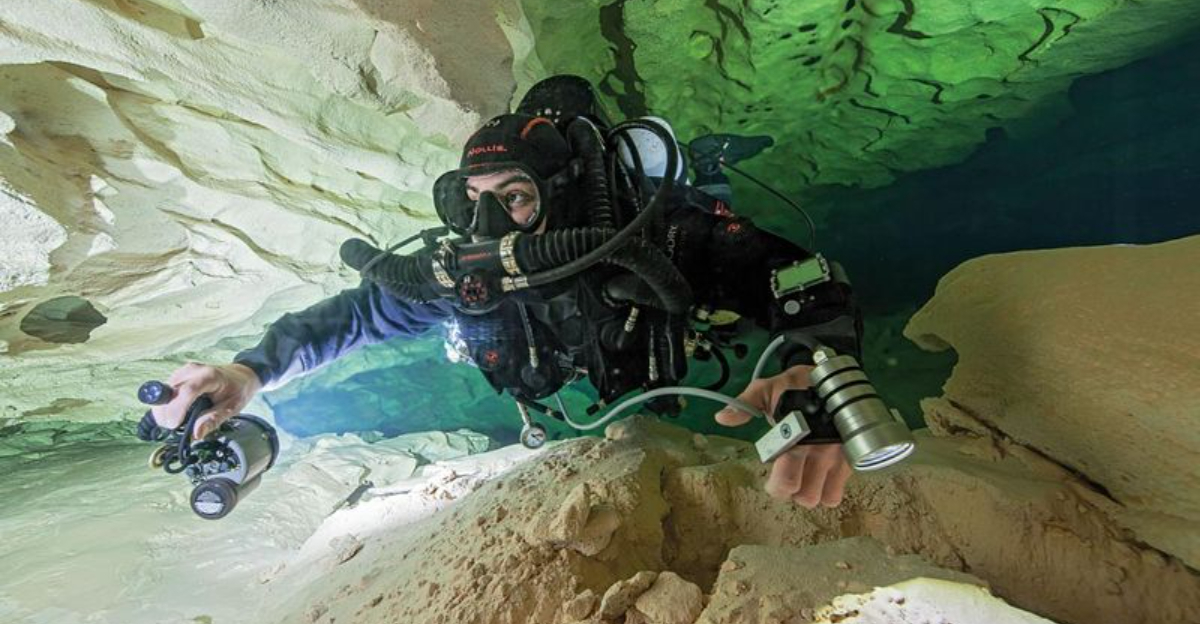
Hidden beneath Australia’s Limestone Coast lies an underwater world frozen in time. These submerged cave systems contain some of the best-preserved Ice Age fossils on Earth, offering a window into Australia’s prehistoric past.
Specialized cave divers brave these challenging environments to recover and study the remains of giant marsupials and other megafauna that vanished thousands of years ago.
1. Ancient Caves Hidden Beneath Australia’s Limestone Coast

Sprawling beneath South Australia’s coastline, these limestone labyrinths formed over millions of years as rainwater slowly dissolved the soft rock.
The cave network stretches for kilometers, with many chambers completely submerged since sea levels rose after the last ice age. These flooded passages create perfect preservation environments where ancient bones remain undisturbed for millennia.
2. How Rising Waters Preserved Ice Age Megafauna
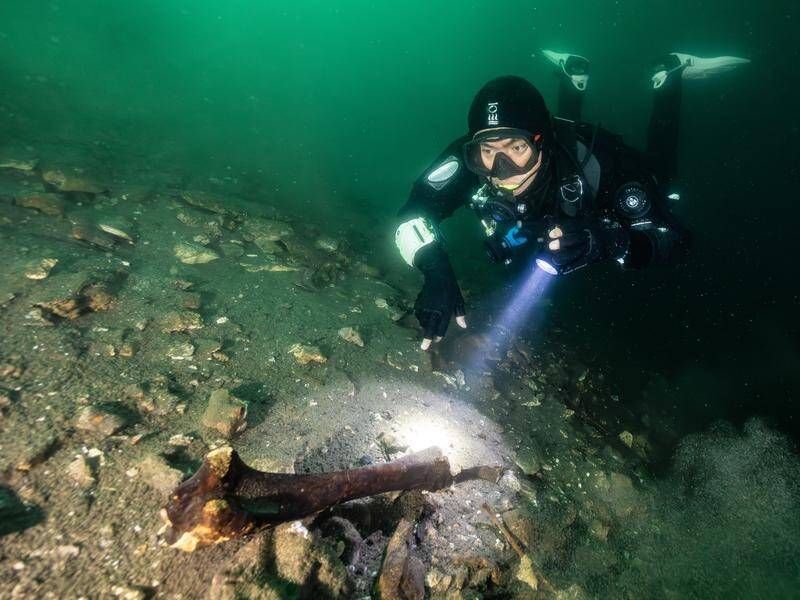
Mother Nature created the perfect preservation system when ocean waters flooded these caves around 10,000 years ago.
The constant cool temperatures and limited oxygen prevent decomposition, while mineral-rich waters help fossilize remains. Unlike surface sites where scavengers and weather destroy evidence, these underwater tombs keep prehistoric treasures intact, sometimes with soft tissues still recognizable after thousands of years.
3. What Fossils Reveal About Australia’s Prehistoric Giants
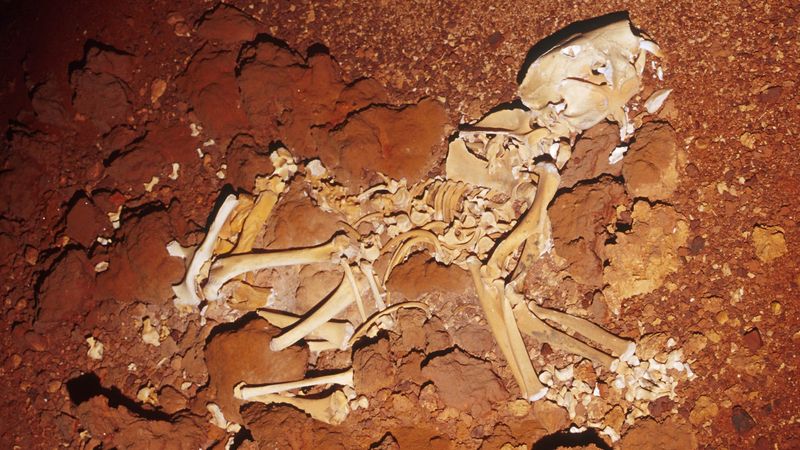
Jaw-dropping discoveries include complete skeletons of Thylacoleo carnifex – the feared marsupial lion with bone-crushing teeth and retractable claws.
Paleontologists have also recovered remains of Zygomaturus (resembling a rhino-sized wombat) and Procoptodon goliah, a kangaroo standing over 10 feet tall. These finds help scientists understand how these creatures lived, what they ate, and potentially why they disappeared from Australia’s landscape.
4. Inside The Caves Where Time Stood Still For 100,000 Years
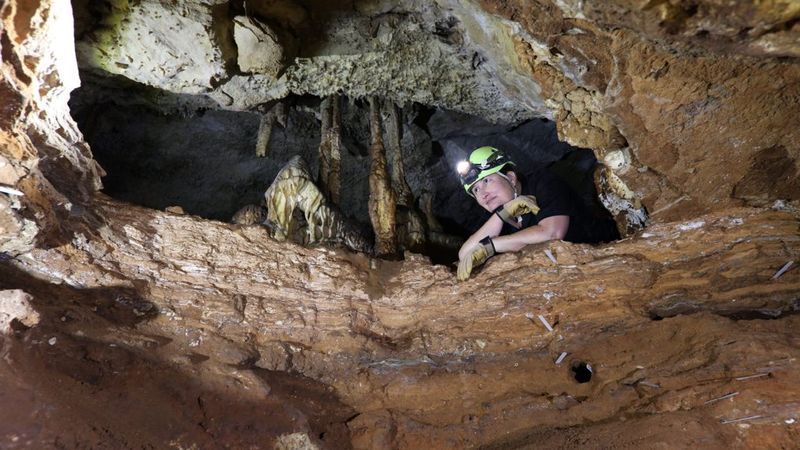
Stepping into these underwater chambers feels like traveling back to the Pleistocene epoch. Stalactites and stalagmites formed during dry periods create otherworldly landscapes.
Footprints preserved in once-soft mud show where animals walked before waters rose. In some caves, scientists have found evidence of Aboriginal people interacting with now-extinct megafauna, challenging theories about when humans first arrived in Australia.
5. Meet The Elite Divers Behind The Fossil Discoveries
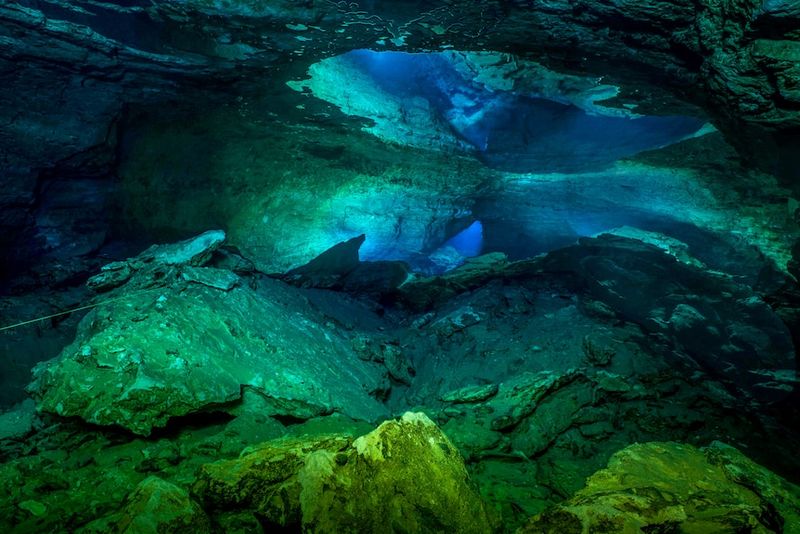
Not just any scuba enthusiast can explore these treacherous underwater caves. The specialized dive teams combine archaeological expertise with technical cave diving skills.
Navigating narrow passages with zero visibility while documenting fossil locations requires years of training. These scientific divers often spend hours in frigid waters, carefully excavating specimens while managing complex rebreather systems that leave no bubbles to disturb delicate sites.
6. The Science Of Dating Fossils Using Gamma Radiation
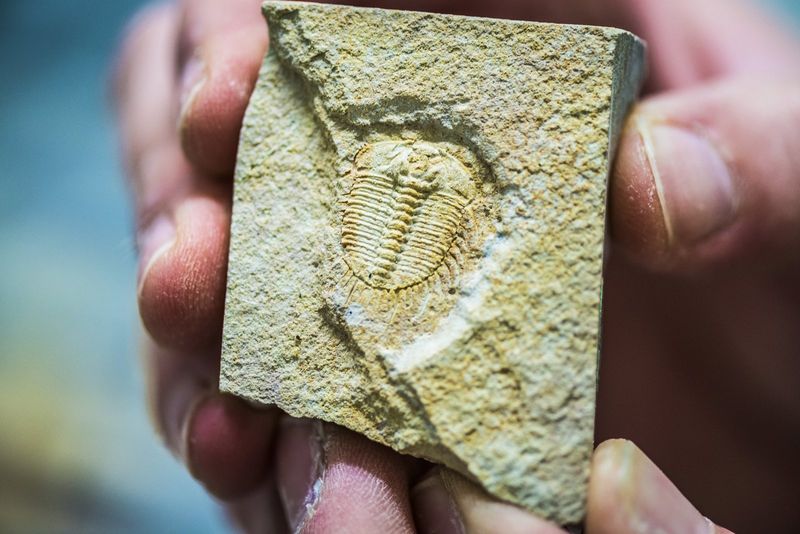
Figuring out exactly how old these prehistoric treasures are requires cutting-edge technology. Scientists use uranium-thorium dating, measuring tiny amounts of radioactive elements absorbed by the fossils.
This method works particularly well in underwater caves where constant conditions minimize contamination. By analyzing how much uranium has decayed into thorium, researchers can pinpoint when these ancient creatures lived with remarkable precision – sometimes within a few hundred years.
7. Piecing Together A Lost Ecosystem Through Bones And Sediment
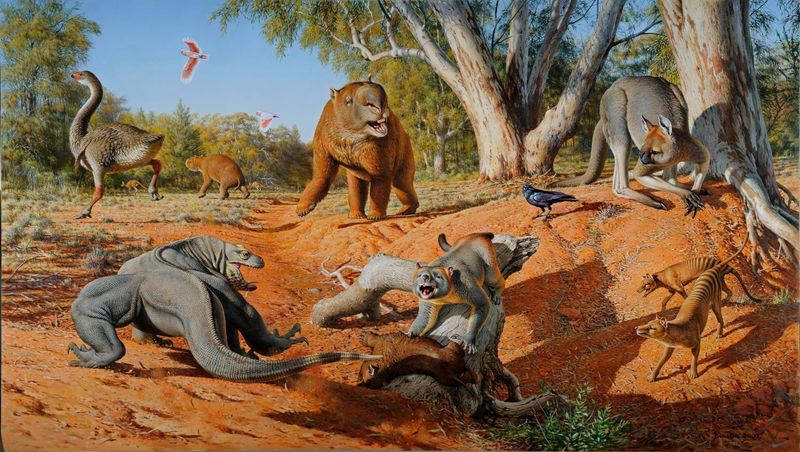
Every grain of sand tells a story in these underwater time capsules. Beyond just bones, researchers collect sediment cores containing pollen, plant materials, and even ancient insect remains.
By analyzing these microfossils alongside megafauna specimens, scientists reconstruct entire ecosystems. This comprehensive approach reveals how climate shifted, vegetation changed, and predator-prey relationships evolved during the last 100,000 years of Australian prehistory.
8. From Marsupial Lions To Giant Kangaroos What They’ve Found So Far
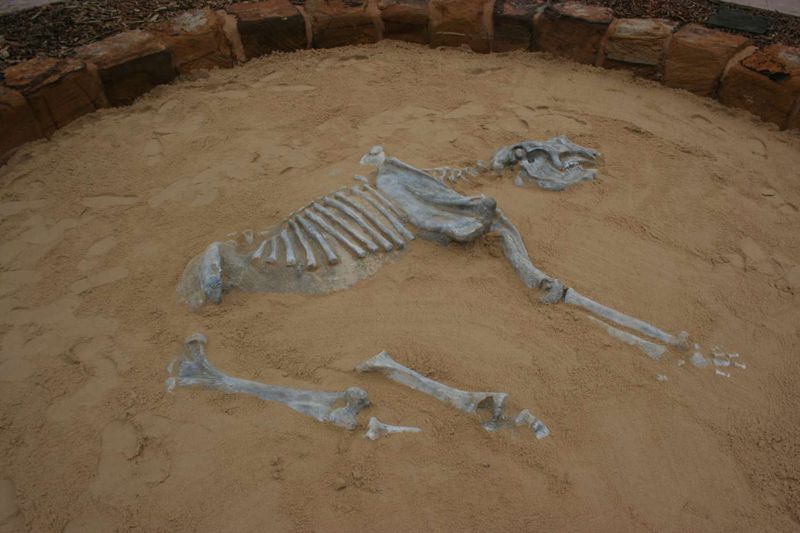
Stunning discoveries continue to emerge from these watery depths. Recent expeditions uncovered a complete Diprotodon skeleton – a hippopotamus-sized wombat relative that was Australia’s largest marsupial.
Fossil hunters have also retrieved extinct short-faced kangaroos with crushing molars for grinding tough plants, massive flightless birds, and the remains of Megalania, a venomous monitor lizard growing up to 23 feet long that once terrorized the ancient Australian landscape.
9. How A New Documentary Is Bringing These Discoveries To Light
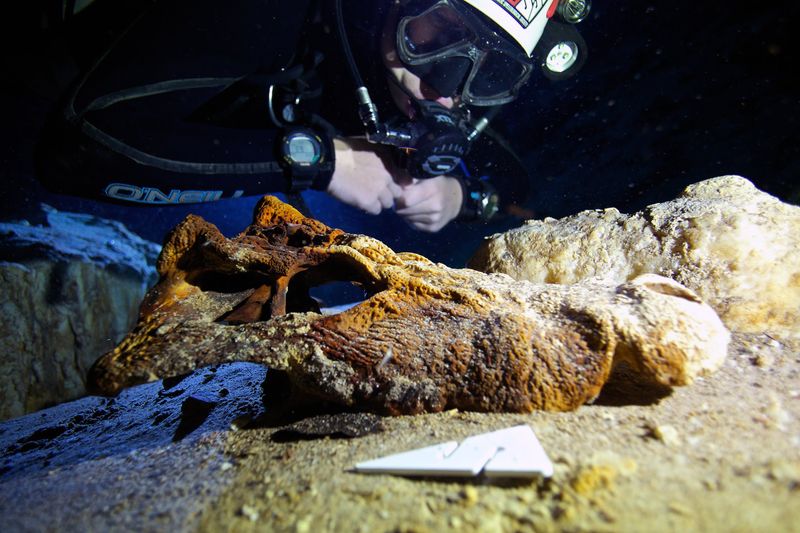
Filmmakers recently braved the challenging underwater environment to capture these scientific expeditions firsthand. Using specialized camera equipment designed for cave diving, the documentary team followed researchers through twisting passages.
The resulting film combines breathtaking footage with digital reconstructions showing how these creatures once looked and moved. This groundbreaking project aims to share Australia’s underwater paleontological treasures with audiences worldwide while highlighting conservation needs.




